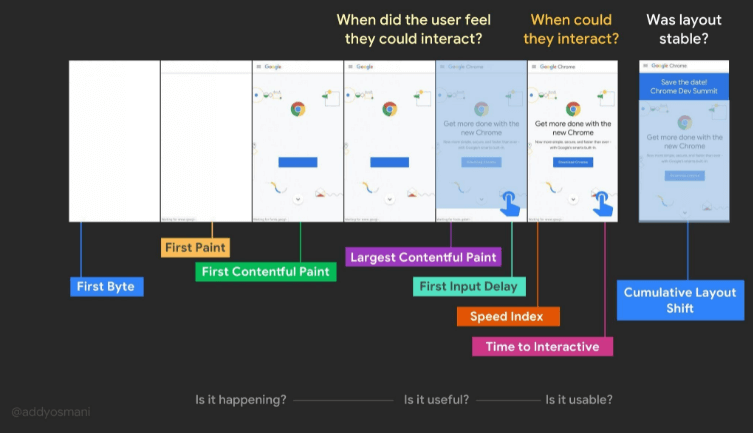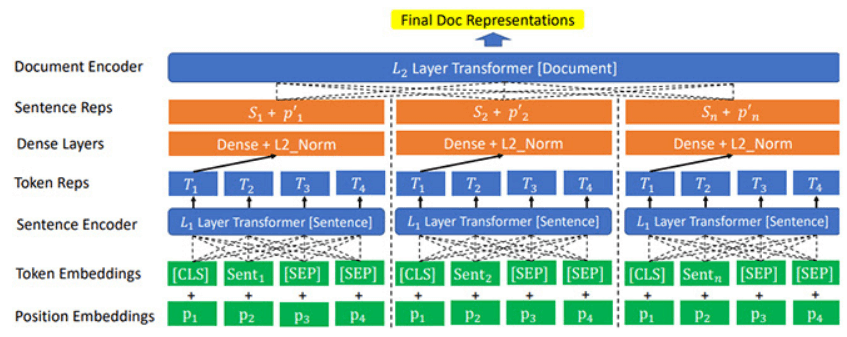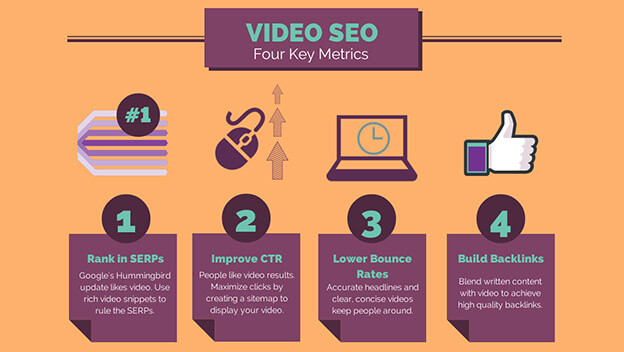Start Exploring Keyword Ideas
Use Serpstat to find the best keywords for your website
How To Adapt Your SEO Strategy To Changing Trends
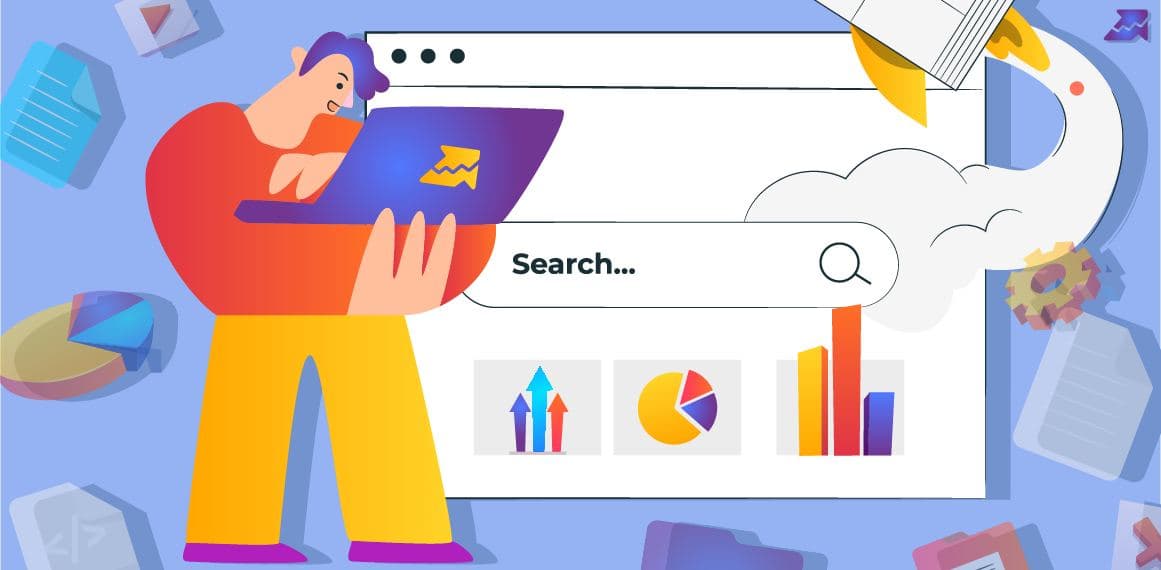
If you want your content to appear organically in the top results for significant web searches, you need to build your website and content around serving the needs of leading search engines.
Knowing what's on the horizon can help the organization prepare for and avoid liability or a significant decline in its site's ranking. Organic search accounts for 53.3 % of monitored web traffic. In addition, 75% of search engine users never go past the first page of results.
So, what can you do to adapt your SEO strategy to changing trends?
- Optimize for Mobile-Friendly SEO
- Optimize Your Content for Google's Featured Snippet
- Using Google's E-A-T for Growing Online Revenue
- Keep Track of Google's Algorithm Updates and Adapt Accordingly
- Voice Search Optimization
- Create a Winning Video SEO Strategy
- Don't Forget About Search Intent
- Leverage Local SEO
Optimize for Mobile-Friendly SEO
#1
Responsive Site Design
The main objective of responsive design is to eliminate the need for excessive resizing, swiping, zooming, or rotating that tends to occur on sites that are not mobile-friendly. Navigating these sites is usually challenging, and it could cost you potential clients who feel annoyed struggling to work out how to do things.
In addition, responsive website design eliminates the necessity for a separate version for smartphone consumers. Rather than building several websites for various screen sizes, you can now create a single one that instantly adapts to fit the device.
In order to do this properly, you'll need a graphic design program or a graphic designer to create the look you want, and the coding knowledge to adapt these designs to mobile devices.
#2
Give the Ability to Support Most CSS, Javascript, and Image Formats
Furthermore, CSS defines how web pages are presented, including various color palettes, designs, and fonts. It allows the interface to be adjusted for multiple devices, such as large/small screens or printers. CSS can be used with any XML-based markup language and is not dependant on HTML.
Both languages are widely used, and your responsive design should support CSS and JavaScript.
Every graphic you come across on the internet is an image file. These files are available in various formats, each of which is tailored to assist a specific goal. When you use the correct form for the purpose, your design will be textbook perfect and just as you imagined. On the other hand, the improper format could cause a terrible copy or a bad web image, a large download, or missing imagery in an email, which is why you need to make sure that your site supports most image formats.
One thing to keep in mind: Google will not load anything that involves clicking or swiping. Also, if you are going for infinite scrolling, you should implement paginated loading. It allows scroll parts to contain links Google can use, directing viewers to a selected spot in the content instead of the indefinite page's top.
#3
Optimize Title Tags and Meta Descriptions
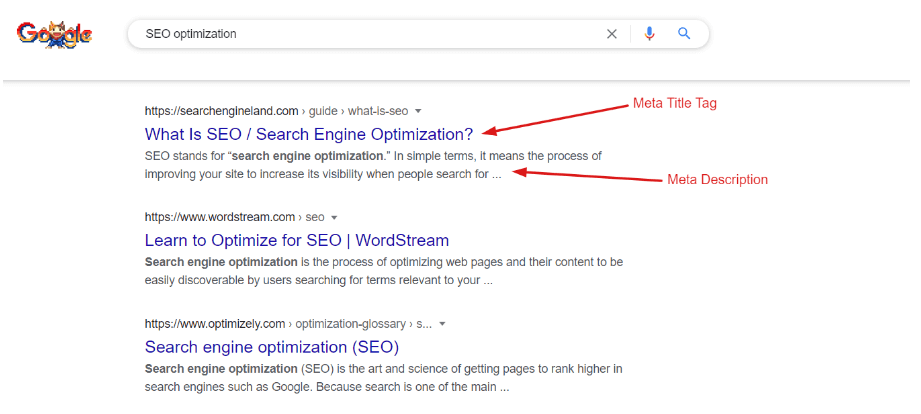
Despite breaching the old-fashioned character limit doctrine that marketers have been sticking to for so many years, it is observed that just one in twenty mobile search results had truncated titles.
If you want to make sure that your meta description shows in SERP without leaving out any words or characters , it is imperative to limit the meta title length to 600 pixels. Also, put an effort to create relevant meta titles that include the most important keyword at the right place.
Optimize Your Content for Google's Featured Snippet
If you're wondering about your chances to get featured, there are a few things to look into. As reported by Serpstat, 42.8% of featured snippets are coming from Wikipedia. Furthermore, Getstat says that 70% of snippets originated from sites that weren't in the first organic ranking. In conclusion, the page must be in the top 10, but it doesn't have to be ranked first to be featured.
Address specific intent, not just queries (more on that later). While featured snippets seek to solve the user's inquiry right away, question-type searches aren't the only ones that generate those highlighted pages. According to previously mentioned Serpstat research, most keywords that trigger snippets are long queries that do not include any question words. The more words entered into a search bar, the bigger chance for a featured snippet to appear.
If you want to learn more about the subject, look through Google's "People also ask" sections whenever you get the chance. It offers a lot of information about the questions Google thinks are relevant to each topic.
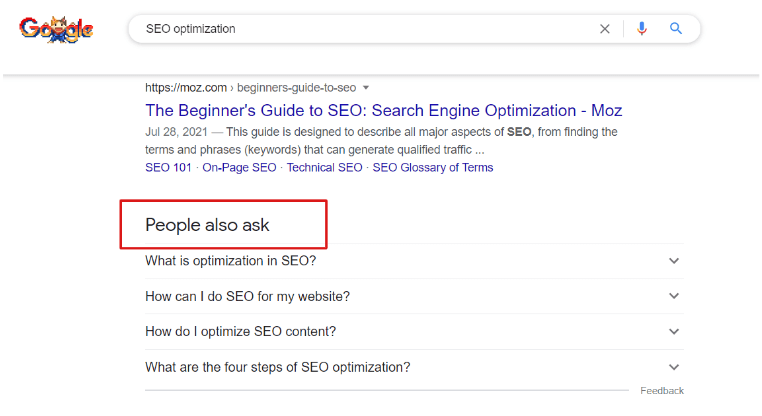
There is no secret formula or specific code which could guarantee that Google will feature your page. However, you can use Serpstat Search analysis and Rank tracker, which will help you determine how to optimize your site based on specific SERP featured snippets. You should pay close attention to particular search results when analyzing keywords.
Let's see how it works:
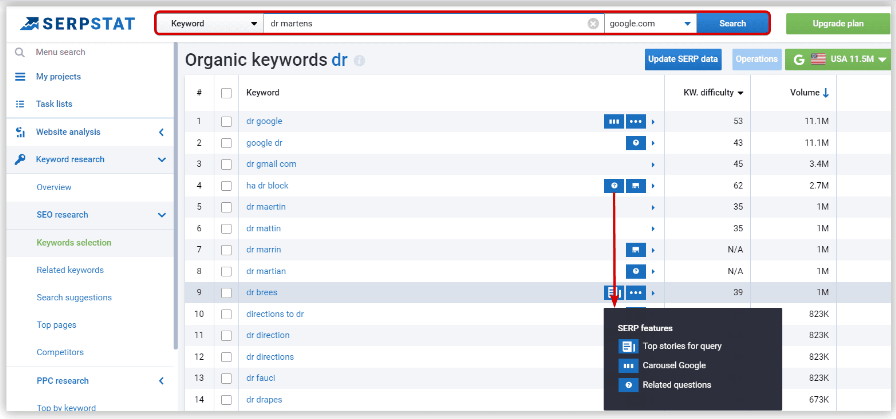

Using Google's E-A-T for Growing Online Revenue
The principle was first revealed in Google's 2014 Search Quality Guidelines, and Google employs thousands of people (yes, humans, not machines) to regularly examine and reflect on numerous web pages. This isn't an easy process, but it's the kind of work that puts Google on top of the search engine rankings. Last October, Google accounted for 88% of all search inquiries.
You can use E-A-T to help you increase your online revenue. According to Google, this is mainly the case for Your Money or Your Life (YMYL) websites, which provide healthcare, legal, or financial advice or products.
E-A-T SEO Importance
If any of the YMYL categories apply to your website or content, you must proceed with caution. Clearly state that it was written by people who have the authority to do so. The more E-A-T criteria you can adopt and integrate into your content, the better your chances of organic search engine recognition and position success.
How to improve E-A-T SEO
- Aim for Relevant Backlinks: Your E-A-T score is affected by relevant links, mentions, and how people talk about you. If you're in the IT industry and one of your pieces is referenced on a crop protection website, it's meaningless.
Turn on Google Alerts for everything linked to your brand, from the author to your products/services. Join a slack community for link building to step up your link building and guest posting. If you're featured on a website relevant to your business, contact the other side and express your gratitude. It can help you develop loyalty and make an impact on your future mutual collaboration. - Always Back Up Your Claims: You must be able to provide a solid ground for every piece of information you incorporate in your content, whether you're talking about economics, science, or something else. Uploading content without conducting study and fact-checking can cause people to lose faith in you and negatively impact their personal lives.
- Simplify Academic Language: One of the most efficient strategies to obtain links and references from other reputable sites is to use basic, simple vocabulary that everyone can follow. While it is possible to buy links or mentions, you should concentrate on getting recommendations from people who see you as the finest in your field.
- Understand Your Audience's Point of View, but Write From the Standpoint of an Expert: One of the rules to follow when drafting a concept is to see through the eyes of people who often have little understanding about a given topic - which is why they're searching for relevant information in the first place. As a result, your writing must be detailed and engaging. You should prove to your readers that you are knowledgeable about every aspect of your field.
Keep Track of Google's Algorithm Updates and Adapt Accordingly
No one expects you to keep up with every single change, but you should keep an eye on the most important ones. The two most significant algorithm updates in 2021 were:
a) Core Web Vitals Optimization
Core Web Vitals are particular aspects of your website's comprehensive user experience that Google finds substantial, which can impact your search rating. These elements are then combined to get your Core Web Vitals Score, which Google uses to rate your site. Google's June 2021 upgrade is centered around three CWV:
- Largest Contentful Paint (LCP) estimates how quickly the largest element (pictures, videos, animations, etc.) can load and display on a website.
- Cumulative Layout Shift (CLS) guarantees that a website's pages are free of sudden, perplexing movements that distract readers from studying the information.
- First Input Delay (FID) shows the responsiveness of a website's pages when visitors connect for the first time. It also assesses how quickly a website's browser can deliver a response to users.
BERT vs. SMITH
Let's clarify in simple terms which is which.
So the both are Google's Natural Language Processing algorithms, used to understand and predict search intent better.
BERT stands for Bidirectional Encoder Representations and Transformers. With BERT models, context is analyzed by looking at the words before and after a word. This allows BERT models to figure out the intent behind search queries. However, it does have a limitation. BERT was trained to analyze short documents and predict words as they occur in a sequence, not longer-form documents. That's why Google's masterminds had to come with another solution SMITH.
SMITH is an innovative algorithm approach that focuses on comprehending the entire document. This algorithm model has been specifically trained to comprehend long-form documents, as well as sentences within a wider context of the entire document.
BERT can guess missing words from a sentence's context. However, SMITH can foresee what the following sentence could be. This capacity of SMITH allows it to interpret more extensive documents more effectively than BERT algorithm.
You may have realized that Google does not disclose the algorithm it uses. Even though experts believe that SMITH algorithm is more potent than BERT, Google has not explicitly declared which one is in use, so we strongly recommend getting familiar with both models.
Voice Search Optimization
- Pay Attention to Conversational Keywords: While short-tail keywords are unlikely to disappear completely, they become significantly less meaningful when considering natural phrasing used in voice searches. Long-tail keywords answer a question, and people have been using voice to do just that, which is why marketers should concentrate on conversational long-tail terms.
- Build a Well-Structured FAQ Page: Make FAQs read like a dialogue rather than an official document. Once you properly structure them, you're more likely to reap highlighted snippets from Google. If you're wondering where to begin with content creation, look at your internet reviews for ideas.
As Merlinox, COO & Head of SEO in Studio Cappello (IT) claims: "FAQ Page is very useful for the high visual impact on SERPs and because the snippet move customer to really think on users questions!"
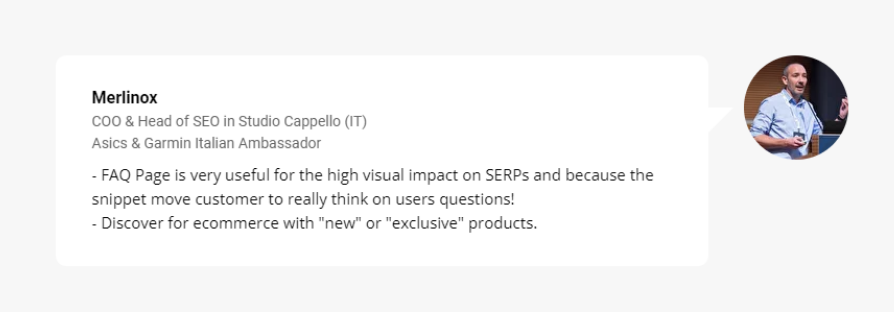
- Get Your Google My Business Listing: Local SEO and voice search rely heavily on your Google My Business listing. Since voice searches are usually used to obtain crucial information about your business, Google requires accurate data such as your phone number, address, and working hours. The listing provides Google with all of the details it needs to determine what your organization does, who it serves, and where it is located, among other things. This is precisely the information people ask for, so it's a rapid method to get accurate answers to their questions.
Create a Winning Video SEO Strategy
But, having visually stunning videos is not enough. If you don't create a strong SEO strategy, your videos won't have an expected ROI, and your digital marketing efforts will be wasted. These tips can help you with that:
- Define Your Goals: The first step in developing a video SEO strategy is to establish your objectives. To start building your video SEO approach, you must first determine what you want to accomplish. Do you want to fight for your place among feature snippets? Do you want to get more conversions? Do you want to raise brand awareness? Before taking the next step, carefully set your goals.
- Links/Social Shares: Well-made videos could generate a significant number of links/shares - including some fairly credible domains. Your video must provide value to the audience. It has to have the potential to make them giggle, learn something, fascinate them, startle them, or irritate them. It must provoke a powerful enough emotional response for them to want to share it, either via the "Share" option or by creating a blog/website article about it (backlinking to your site).
- Find the Most Suitable Video-Hosting Platform: You have the option of hosting videos on your website or using a third-party platform such as YouTube. Self-hosting videos have notable advantages, such as the ability to rank as featured snippets. Think about your marketing objectives when making this decision. If all you want to do is raise brand recognition, any video-sharing network is good. But, if you aim to increase conversions and website traffic, it is advisable to post videos on your website. Don't forget to compress your videos before posting them though to avoid a slow website loading.
- Embed Subtitles: To prevent bothering others, many people choose to stream videos with the sound off. This is particularly the case when people watch videos in public without using earphones. The best part is that text in your videos makes them more visible because search algorithms now have more information about your content. So, from an SEO standpoint, this also works for your benefit.
- Optimize Video Descriptions: Video summaries might not always assist viewers, but they help search engines understand your video content. Consequently, picking the optimal keywords in your video descriptions can significantly affect your search ranks.
Adding AI Tools to Your Existing SEO Strategy
Leading search engine algorithms, such as Google's Rankbrain and BERT — now include AI as a key component.
One thing to remember about search engines is that they always prioritize the user. They strive to provide information that is as accurate as possible. How can you use this to your advantage?
The new technology era came with innovative AI-powered SEO tools, giving you an extensive insight into the keywords you should be focusing on and link-building prospects. You'll have a far greater chance of ranking if you look for possibilities that your competitors aren't taking advantage of. Thanks to AI-powered SEO software like BrightEdge and Jarvis.ai, you can discover SEO potential even faster.
Once you've given them your target keyword, AI-powered tools explore the web for content published around your goal keyword. You can locate content gaps to leverage, trending subjects, and the average amount of paragraphs in a matter of seconds. With information like this, it's easier to generate content that's suited to your reader's particular concerns - in other words, customized content that meets user goals.
Additionally, you can use AI to optimize your content to fulfill Google's E-A-T requirements. You can draft content that professionally and authoritatively answers user questions. And this is the type of stuff Google enjoys delivering to its users.
Long-Form Content Is More Important Than Ever
Puffed content made to meet a character limit goal will not perform well. Write the type of material that your target audience wants to read. When dealing with keystone or evergreen content, take the time to research and write a lengthy post with meaningful insight. For these longer, high-value publications, HubSpot suggests aiming for roughly 2,300 words.
Don't Forget About Search Intent
Don't forget to include Google intent optimization in your SEO strategy. Businesses that focus on SEO without understanding what people want are already doomed. Most poor SEO outcomes result from marketers focusing on keyword scores in terms of total traffic rather than conversions.
When aiming for conversions, a good strategy is working backward up the sales channels and estimating how to address the demands/concerns of your particular target clients.
Leverage Local SEO
Local SEO is for companies that provide services in a specific geographic location. If your company focuses on local customers, use local SEO. If you serve both regional and national clientele, use a mix of local and organic SEO.
When creating a local SEO strategy, take these things into account:
- Create Local Citation: Avoid reciprocal linking because it is frowned upon by Google. Also, check if every reference matches your company's NAP and Google My Business listing and create a professional email account to prevent spam.
- On-Site Optimization: Simple keyword research is required if you expect people to find you in local searches. Use optimized keywords in URLs, page names, headline tags, meta descriptions, and the content of your website. If you operate from multiple locations, include all of them in the "Contact Us" section, or establish additional landing pages.
- Work on Your Online Reviews: People trust and accept online critiques. Work on this step if you aim for a high click-through rate and good appearance in search engine results.

Want to get a personal demo, trial period or bunch of successful use cases?
Send a request and our expert will contact you ;)
Conclusions
The reality is that the channels, methods, and metrics we use to complete our tasks are constantly evolving, much like the preferences of the customers we're attempting to contact and attract.
But recognizing that there isn't a clear path and that you must find your own way is only half the battle. Once you've worked that out, you'll have a pool of knowledge at your disposal to help you adjust and flourish.
Speed up your search marketing growth with Serpstat!
Keyword and backlink opportunities, competitors' online strategy, daily rankings and SEO-related issues.
A pack of tools for reducing your time on SEO tasks.
Discover More SEO Tools
Backlink Cheсker
Backlinks checking for any site. Increase the power of your backlink profile
API for SEO
Search big data and get results using SEO API
Competitor Website Analytics
Complete analysis of competitors' websites for SEO and PPC
Keyword Rank Checker
Google Keyword Rankings Checker - gain valuable insights into your website's search engine rankings
Recommended posts
Cases, life hacks, researches, and useful articles
Don’t you have time to follow the news? No worries! Our editor will choose articles that will definitely help you with your work. Join our cozy community :)
By clicking the button, you agree to our privacy policy.

